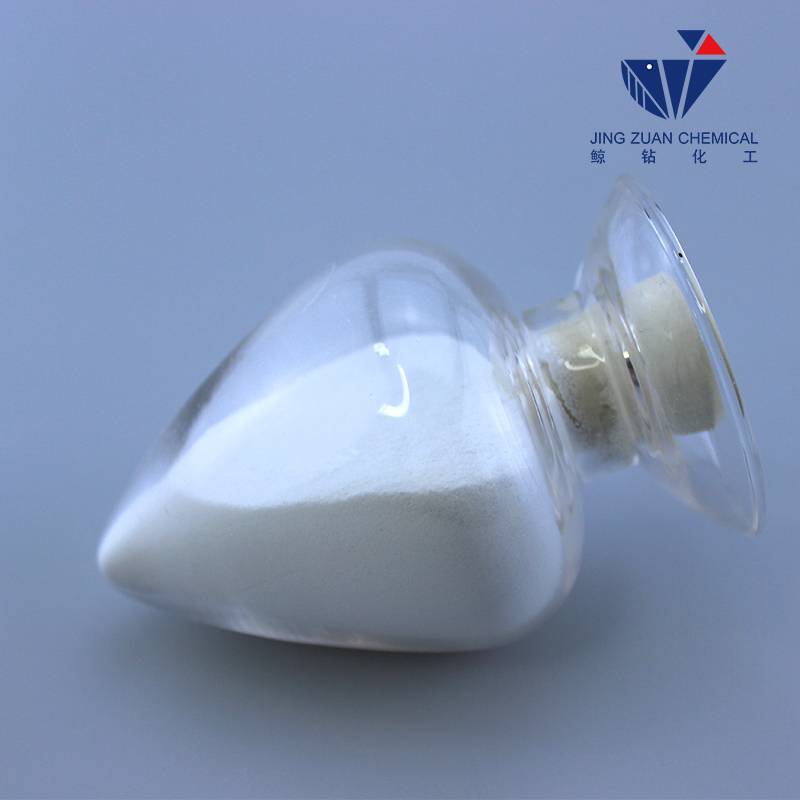
វិច្ឆិកា . 12, 2024 02:26 Back to list
how to dissolve hpmc in water
How to Dissolve HPMC in Water A Comprehensive Guide
Hydroxypropyl methylcellulose (HPMC) is a versatile polymer used in various applications, ranging from food and pharmaceuticals to construction and cosmetics. Its unique properties, such as water solubility, film-forming abilities, and thickening characteristics, make it an ideal ingredient in many formulations. However, achieving the correct dissolution of HPMC in water can be challenging for some users. In this article, we will explore the optimal methods for dissolving HPMC effectively.
Understanding HPMC
HPMC is a cellulose ether that is derived from the natural polymer cellulose. By introducing hydroxypropyl and methyl groups into the cellulose structure, HPMC gains water solubility—a key attribute that distinguishes it from other cellulose derivatives. It is available in various grades, which differ in viscosity, substitution levels, and other properties. Understanding the type of HPMC you are using is crucial for effective dissolution, as different grades may require slightly different methods.
Choosing the Right Water Temperature
One of the most critical factors in dissolving HPMC is the temperature of the water. Generally, it is recommended to use warm water—around 60-70°C (140-158°F)—to accelerate hydration and dissolution. Cold water can lead to clumping and incomplete dissolution, resulting in a lumpy mixture. However, it is essential to avoid boiling water, as excessive heat can degrade the polymer and affect its properties.
Proper Mixing Techniques
The way HPMC is added to water can significantly impact the dissolution process. Here are some recommended techniques
1. Sprinkle Method Slowly sprinkle the HPMC powder onto the surface of the warm water while stirring continuously. This method helps prevent clumping and allows the particles to hydrate evenly. Stirring should be vigorous enough to ensure that the powder is incorporated into the water but gentle enough to avoid creating bubbles.
2. Pre-Mixing Another effective technique is to pre-mix the HPMC with a small amount of a compatible dry ingredient, such as sugar or salt, before adding it to water. This method can help distribute the particles more evenly, reducing the likelihood of clumps.
3. Using a Mechanical Mixer For larger batches, consider using a mechanical mixer or blender. These devices can ensure thorough mixing and proper dispersion of HPMC in the water. When using a mechanical mixer, start at a low speed to avoid creating air bubbles, then gradually increase the speed to achieve a smooth mixture.
how to dissolve hpmc in water

Allowing Time for Dissolution
After the initial mixing, it is essential to allow sufficient time for the HPMC to fully dissolve. Depending on the grade and concentration of the HPMC, this process can take anywhere from a few minutes to several hours. During this time, it is helpful to continue stirring occasionally to ensure any undissolved particles are fully integrated into the mixture.
Adjusting Concentration
The concentration of HPMC in your solution can greatly influence its solubility and viscosity. Higher concentrations of HPMC may take longer to dissolve and could require more careful handling. If you experience difficulties with dissolution, consider reducing the concentration or using a lower-viscosity grade of HPMC.
Troubleshooting Common Problems
Sometimes, despite following the correct procedures, challenges may arise during the dissolution process. Here are some common problems and solutions
- Clumping If you notice clumps in your mixture, it could be due to adding HPMC too quickly or using cold water. If this occurs, try breaking up the clumps with a spatula or continue mixing for a longer period.
- Incomplete Dissolution If HPMC does not seem to dissolve entirely, check the water temperature and ensure sufficient mixing time. Some grades may require overnight soaking to achieve complete hydration.
- Viscosity Issues If the final solution is too viscous or too thin, adjust the concentration of HPMC accordingly. Remember that viscosity can also be affected by temperature, so consider that when assessing your solution's consistency.
Conclusion
Dissolving HPMC in water may initially seem daunting, but with the right techniques and patience, it can be achieved successfully. By understanding the properties of HPMC, choosing the appropriate water temperature, employing effective mixing methods, and allowing adequate time for dissolution, you can create a homogeneous mixture suitable for your application. Whether you are formulating a new product or preparing a recipe, mastering the art of dissolving HPMC will undoubtedly enhance your results.
-
Unlocking the Benefits of HPMC Products: A Gateway to Versatile Applications
NewsAug.07,2025
-
Unleashing the Potential of HPMC Ashland: A Comprehensive Look
NewsAug.07,2025
-
Tile Bonding Cellulose: The Key to Superior Adhesion and Durability
NewsAug.07,2025
-
Hydroxypropyl Methylcellulose Powder: The Versatile Component in Modern Pharmaceuticals
NewsAug.07,2025
-
Hydroxyethyl Cellulose: The Versatile Solution for Various Industries
NewsAug.07,2025
-
Hydroxyethyl Cellulose (HEC): The Versatile Polymer for Various Applications
NewsAug.07,2025







